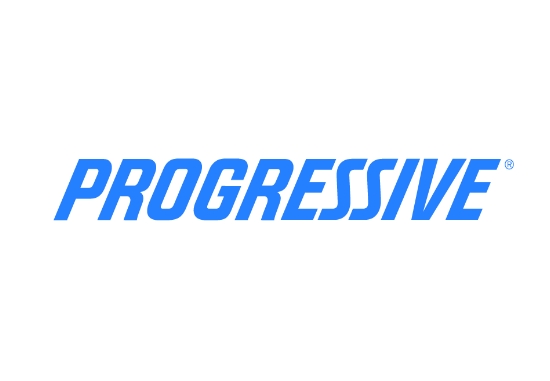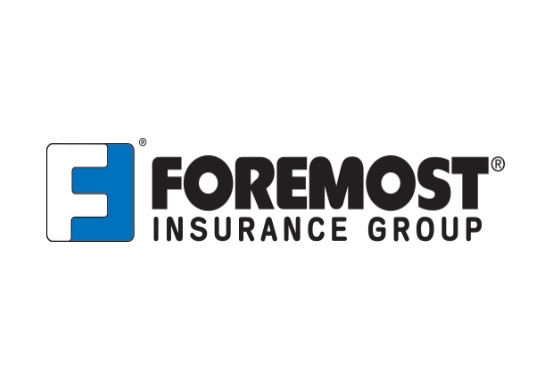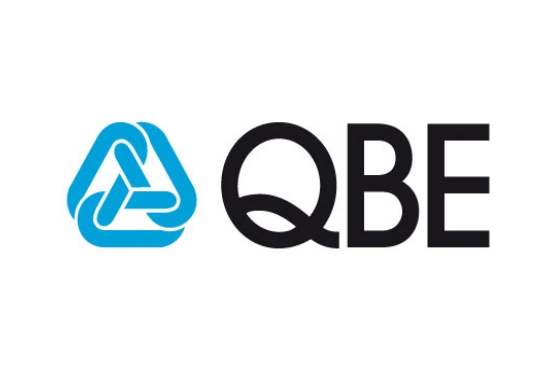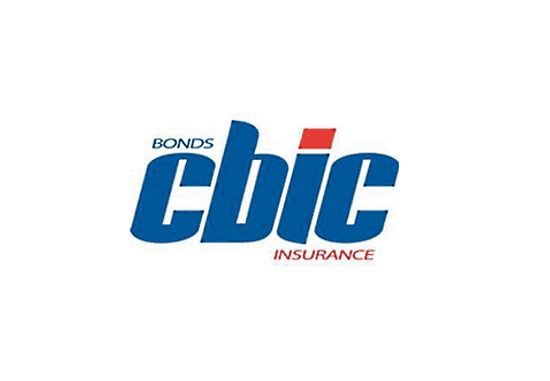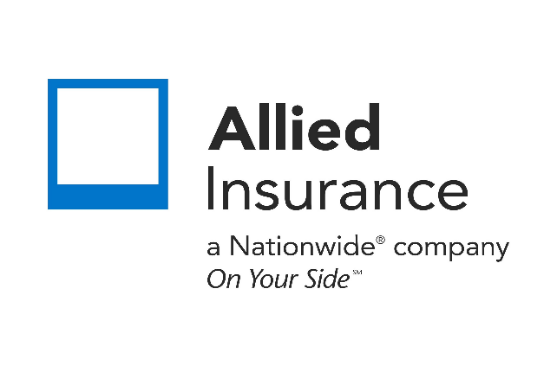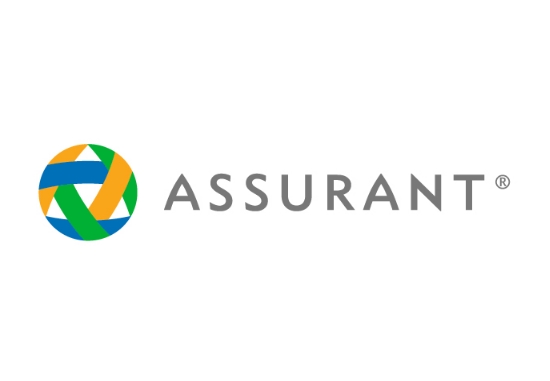Insurance for a leased car?
Insurance for a Leased Car: What You Need to Know
Leasing a car offers the benefits of driving a new vehicle without the long-term commitment of ownership. However, leasing a car comes with specific insurance requirements to protect both you and the leasing company’s investment. This detailed guide will explain the types of insurance coverage needed for a leased car, why they are necessary, and tips for managing your insurance effectively.
Why Leasing Companies Require Specific Insurance
- Protecting Their Asset: Leasing companies retain ownership of the car, so they require insurance that covers any potential damages to protect their asset.
- Financial Security: Comprehensive and collision coverage ensure that any repairs or replacements are covered, reducing the financial risk for both you and the leasing company.
- Lease Agreement Compliance: Fulfilling the insurance requirements is a condition of the lease agreement, and failing to comply can result in penalties or lease termination.
Types of Insurance Coverage Required for a Leased Car
1. Liability Insurance
- What It Covers: Liability insurance covers bodily injury and property damage that you cause to others in an accident. It includes Bodily Injury Liability (BIL) and Property Damage Liability (PDL).
- State Minimums: Each state has minimum liability insurance requirements. However, leasing companies often require higher limits than the state minimum to ensure adequate protection.
2. Comprehensive Insurance
- What It Covers: Comprehensive insurance covers damages to your leased car from non-collision events such as theft, vandalism, natural disasters, and hitting an animal.
- Importance: This coverage is essential to protect the vehicle from a wide range of potential damages not related to driving incidents.
3. Collision Insurance
- What It Covers: Collision insurance covers damages to your leased car resulting from collisions with other vehicles or objects, regardless of who is at fault.
- Why It’s Required: Collision coverage ensures that the leasing company’s vehicle can be repaired or replaced in the event of an accident.
4. Gap Insurance
- What It Covers: Gap insurance covers the difference between the car’s actual cash value (ACV) and the remaining amount owed on the lease if the car is totaled or stolen.
- Lease Requirement: Many lease agreements include gap insurance to protect against significant financial loss if the vehicle is declared a total loss.
Additional Considerations for Insuring a Leased Car
1. Higher Coverage Limits
- Why Higher Limits: Leasing companies often require higher liability coverage limits than the state minimums to provide better financial protection in case of serious accidents.
- Typical Limits: It’s common for leasing companies to require $100,000 per person and $300,000 per accident for bodily injury liability, and $50,000 for property damage liability.
2. Deductibles
- Choosing Deductibles: Your comprehensive and collision policies will include deductibles, which are the amounts you pay out-of-pocket before insurance kicks in.
- Lease Agreement Specifications: Some lease agreements specify maximum deductible amounts. Ensure your chosen deductible complies with these requirements.
3. Bundling Policies
- Cost Savings: Bundling your auto insurance with other policies (like homeowners or renters insurance) can lead to discounts and lower premiums.
- Convenience: Managing multiple policies through one provider can simplify billing and policy management.
How to Obtain Insurance for a Leased Car
1. Review Your Lease Agreement
- Insurance Requirements: Carefully review the insurance requirements specified in your lease agreement to ensure compliance.
- Required Documentation: Some leasing companies may require proof of insurance with specific coverage limits before finalizing the lease.
2. Shop Around for Quotes
- Multiple Quotes: Obtain quotes from multiple insurance providers to compare rates and coverage options.
- Discounts: Inquire about discounts for good driving records, bundling policies, or being a loyal customer.
3. Verify Coverage
- Confirm Coverage: Once you’ve selected an insurance provider, verify that your policy meets all the leasing company’s requirements.
- Provide Proof: Ensure you provide proof of insurance to the leasing company, typically including the insurance declaration page and proof of payment.
Tips for Managing Insurance on a Leased Car
- Regular Reviews: Periodically review your insurance policy to ensure it continues to meet the lease requirements and your personal needs.
- Update Coverage: Notify your insurer of any changes, such as moving to a new address, which could affect your coverage or premiums.
- Stay Informed: Keep up-to-date with any changes in state insurance laws or leasing company policies that may impact your coverage.
Insuring a leased car involves more than just meeting state minimum requirements; it requires specific coverages to protect both you and the leasing company’s investment. By understanding the types of insurance needed, shopping for the best rates, and maintaining compliance with your lease agreement, you can enjoy the benefits of leasing a car with peace of mind. Ensure you regularly review your insurance policy and stay informed about any changes to continue meeting your lease obligations and protecting your leased vehicle.
We will find the best business insurance tailored to your needs. Read more…
Related Posts
Get a Right Insurance For You
SHARE THIS ARTICLE
We will compare quotes from trusted carriers for you and provide you with the best offer.
Protecting your future with us
Whatever your needs, give us a call, have you been told you can’t insure your risk, been turned down, or simply unhappy with your current insurance? Since 1995 we’ve been providing coverage to our customers, and helping people across United States.

